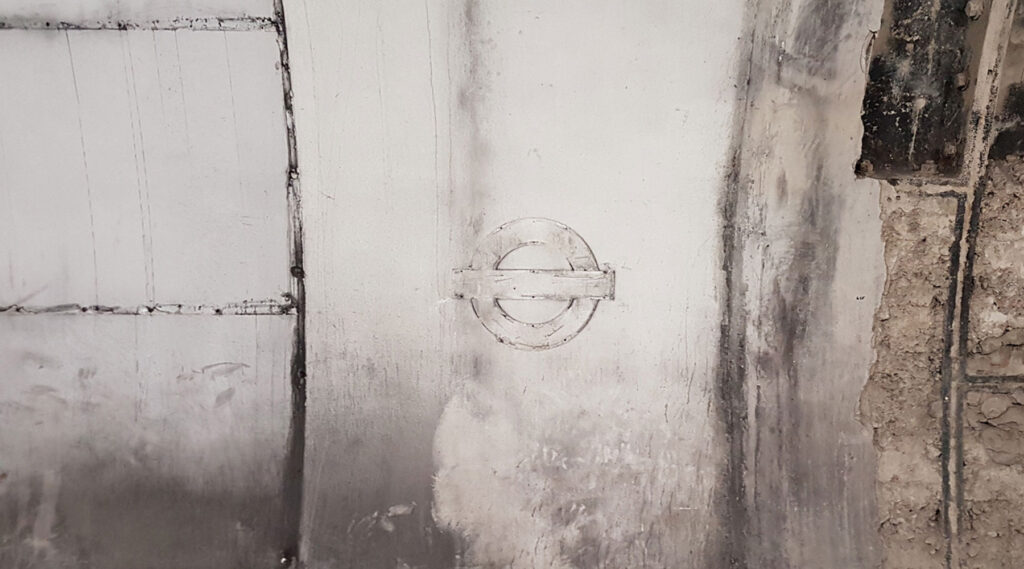A study into the effects of airborne dust on the London Underground has suggested that it might be leading to more sickness amongst tube staff, but that more studies are needed before a firm conclusion could be reached.
The research, led by Imperial College London, found that staff who worked in areas with higher levels of fine dust – called particulate matter (PM2.5) – also tended to report more episodes of sickness absence.
However, the researchers stress that the findings do not provide enough evidence to establish that exposure to PM2.5 directly leads to sickness absence, and that more research is needed to confirm these potential links.
Dr David Green, from Imperial’s School of Public Health, and who led the work, said: “We found that exposure to dust varied widely among staff, even among those doing the same job role, and depended largely on where they were working across the Tube network.
“For example, drivers who worked on older trains and on lines with deeper tunnels were exposed to more PM2.5 – as were customer service staff at stations with interchanges for multiple lines.
“There was some evidence to suggest that staff exposed to higher levels of PM2.5 took more days off sick, but this link wasn’t clear cut.”
The study also noted that it is also common in similar places of work for office-based staff to have lower absence than operational staff (e.g. engineering or maintenance staff), so the figures could be affected by the more manual nature of the station staff’s work.
Previous studies of outdoor air pollution have established a clear link between exposure to particulate matter and ill health, especially the effect of the smallest particles (PM2.5) on coronary heart disease, asthma, lung cancer and stroke. However, the health effects of PM2.5 in other environments, including places of work are less well understood.
This matters because levels of PM2.5 on the London Underground network can be up to 15 times higher than the air outside. Sources include the wear of rails, wheels and particles released when the train brakes, which tend to accumulate in the network.
Varying exposure
Analysing the data, the researchers found that exposure to PM2.5 differed significantly among staff and was dependent on the nature and location of their work. Drivers had the highest exposure over a work shift, but concentrations varied according to the line on which they worked – from an average of 72µg/m3 on the District line to 787µg/m3 on the Piccadilly line.
As a general rule, drivers with lower PM2.5 exposure worked on lines with shallow tunnels where there was a higher proportion of the track above ground and on trains introduced after 2010.
On the other hand, drivers who experienced the highest exposure to PM2.5 worked on older trains, operating on lines with deeper tunnels with more of their time spent underground.
Levels of exposure also varied by station. Underground stations and interchanges for multiple lines had higher PM2.5 concentrations, compared to quieter, above ground stations – likely due to higher train emissions and reduced ventilation.
A mixed picture
Looking at reported sickness, the researchers found that fleet staff, customer service staff and drivers all had higher rates of sickness absence due to any cause compared with non-exposed office workers.
The researchers looked more closely at sickness absence among drivers, using the District line (which had the lowest recorded PM exposure) as a baseline and found that drivers on five out of eight lines showed elevated rates of all-cause sickness absence.
However, there was no clear ‘exposure-response relationship’, where researchers would expect to see increasing exposure associated with an increased sickness absence.
Therefore, the researchers conclude that they cannot say for certain that PM2.5 exposure is directly contributing to sickness absence among London Underground staff.
The research was funded by Transport for London (TfL) and the National Institute for Health and Care Research (NIHR) Health Protection Research Unit in Environmental Exposures and Health, a partnership between the UK Health Security Agency and Imperial College London.
The study, Occupational Exposure to Dust and Staff Sickness Absence on the London Underground by Mak J., Feary J., Amaral A., et al. is published in Environment International.








It’s precisely this “Well there might be effects from pollution/tube dust/PM2/10s but we can’t say for sure….” That gave coal mining and the tobacco industry decades of impunity before people had to wake up and accept “Well of course it’s bad for their health, it’s toxic dust!” Future generations will marvel at both our stupidity and our culpability in matters like this. We don’t give a toss about the health damage done to others until it impacts us or our families.
My family have had a 30yr history with LT/TfL and an equally long history with the ENT Dept at our local hospital. Coincidence it probably isn’t…….
I wonder how feasible it would be to add a few industrial air filters into the mix to reduce the level of particulates? Perhaps better ventilation in general would help, though then there’s a question of where the particles end up.
What about “illegal” levels of asbestos in the air measured by many surveys but hidden by TFL? 50 years ago asbestos was everywhere in construction materials and even train brake pads. All that grinded asbestos accumulated in the tunnels over decades-never cleaned.